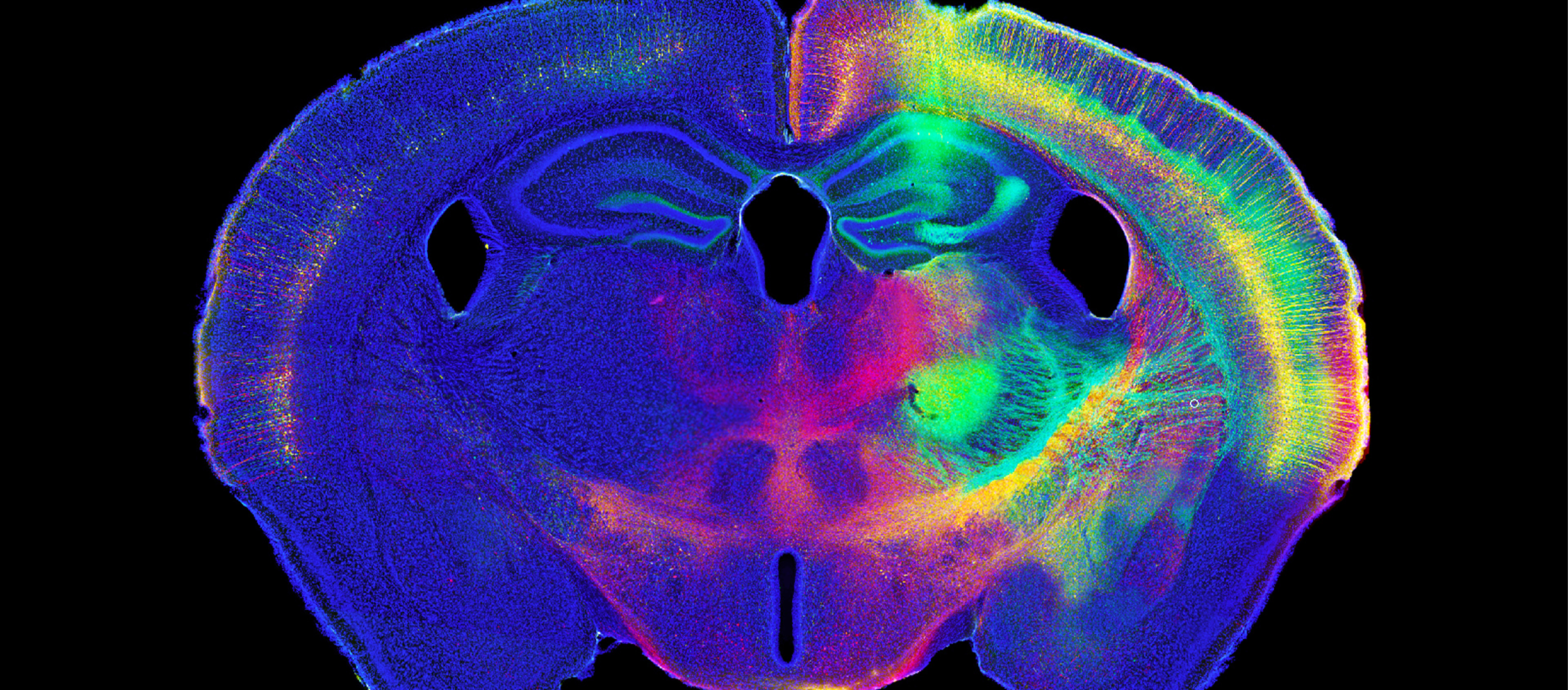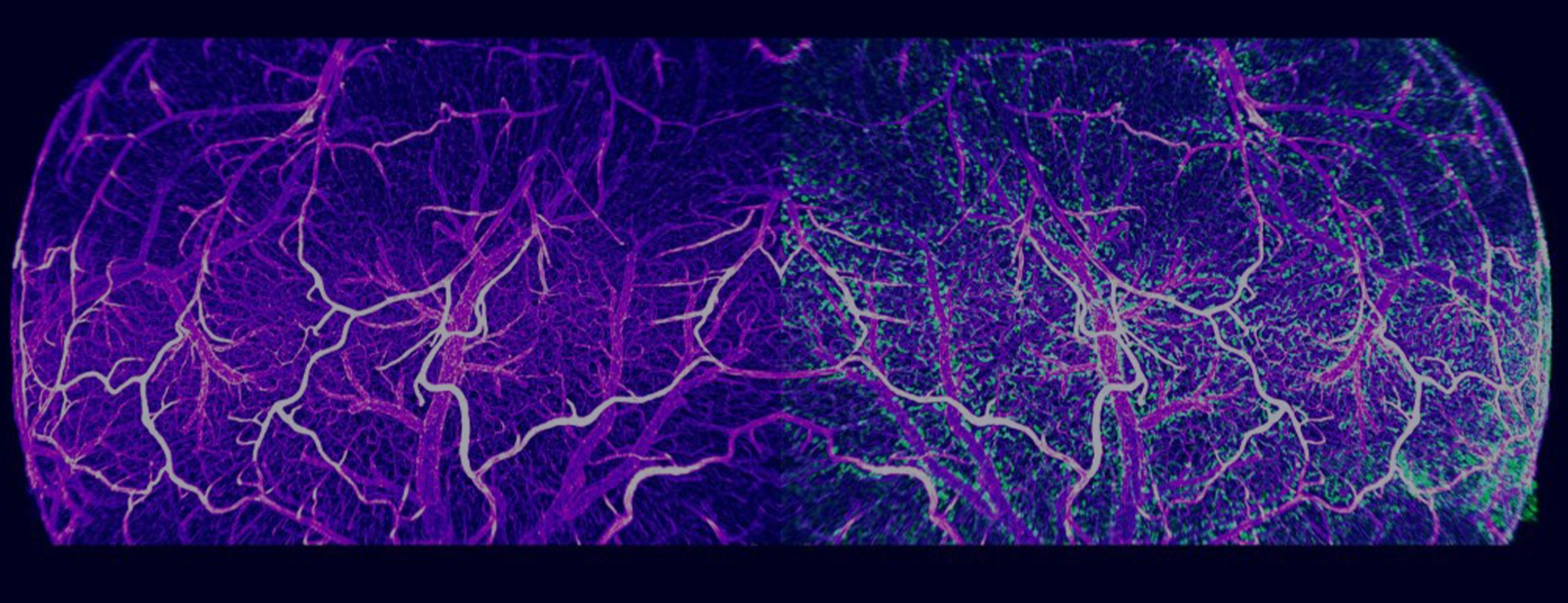Researchers studying structure and function in rat brain can now use NeuroInfo to analyze and register their brain volumes to the Waxholm Rat Brain Atlas Version 4—an open access volumetric atlas of the Sprague Dawley rat brain. “NeuroInfo already includes extensive analysis capabilities for mouse brain research by standardizing measurements on brain volumes to the Allen Mouse Brain Atlas. The inclusion of a rat atlas in...
Read More
MBF Bioscience Blog
Dear MBF scientific community, As another year comes to a close, we at MBF are thinking of all of you. We’ll always remember 2021 as the “recalibration year” of the pandemic — vaccines, reopenings, variants, lockdowns coming and going, conferences being held virtually or canceled altogether, social distancing from each other and all of you. As they say, you don’t know what you miss until it’s gone. And...
Read MoreOur health depends on the ability of blood vessels to deliver nutrients and remove metabolic byproducts from organs and muscle systems. But what happens to this delicately balanced process after traumatic injury? Scientists generally understand that skeletal muscles can regenerate, but little is known about how this happens at the level of our microvasculature. [caption id="attachment_7659" align="aligncenter" width="699"] Representative maps of resistance networks from feed artery...
Read MoreI hope this missive finds all of you healthy and happy. The pandemic continues to interrupt our daily lives, and our ways of working and doing business. I was particularly disappointed about the cancelation of the in-person portion of this year’s Society for Neuroscience conference. I was so looking forward to seeing so many of you in person, there’s just no substitute for being connected...
Read MoreMost neuroscientists are familiar with the saying “cells that fire together wire together,” which is often used to summarize the Hebbian theory of synaptic plasticity—first put forth in Donald Hebb’s book The Organization of Behavior in 1949. The theory describes how coincident activity between pre- and post-synaptic cells can shape synaptic strength. Verified decades later, the theory has since become accepted within the neuroscientific community. However,...
Read MoreWhat if, instead of trying to zoom in on the nanoscale structures of the brain, we made them bigger? Dr. Edward Boyden and his team at MIT are doing just that. The process, known as expansion microscopy (ExM), physically enlarges brain tissue so that even extremely small molecular structures are viewable on a conventional light microscope. In his 2016 TED Talk, Dr. Boyden says: “Can we make...
Read MoreThe heart has a “little brain.” It’s a network of neurons known as the intrinsic cardiac nervous system (ICNS), and it plays a key role in regulating cardiac activity. Building on previous research (Achanta et al., 2020), which resulted in a 3D map of the rat ICNS, a new study by a team of scientists from the University of Central Florida, Thomas Jefferson University, the University...
Read MoreAs an unborn baby develops in the womb, its growth depends on a variety of factors, genetics among them. But sometimes a fetus doesn’t grow as much as is normally expected in relation to its gestational age. This is called intrauterine growth restriction (IUGR) or fetal growth restriction (FGR)....
Read MoreI suspect many of you are thinking about what “reopening” laboratories and offices post-pandemic might look like. What things could (and should) be done remotely? How will we adjust to our old, and new, social norms? These are questions we’re wrestling with at MBF Bioscience. Here in Vermont, we remain optimistic about beginning to see the light at the end of the tunnel, even while...
Read MoreThe ability to efficiently acquire large experimental data sets of 2D, 3D and 4D images is advancing rapidly across science. Tools for effectively managing and analyzing this ’big data’ are something that nearly all researchers need. MBF Bioscience has and continues to address this big data need. Modern imaging devices can produce data sets sized in the TBs. For example, our cutting edge ClearScope light sheet...
Read More










